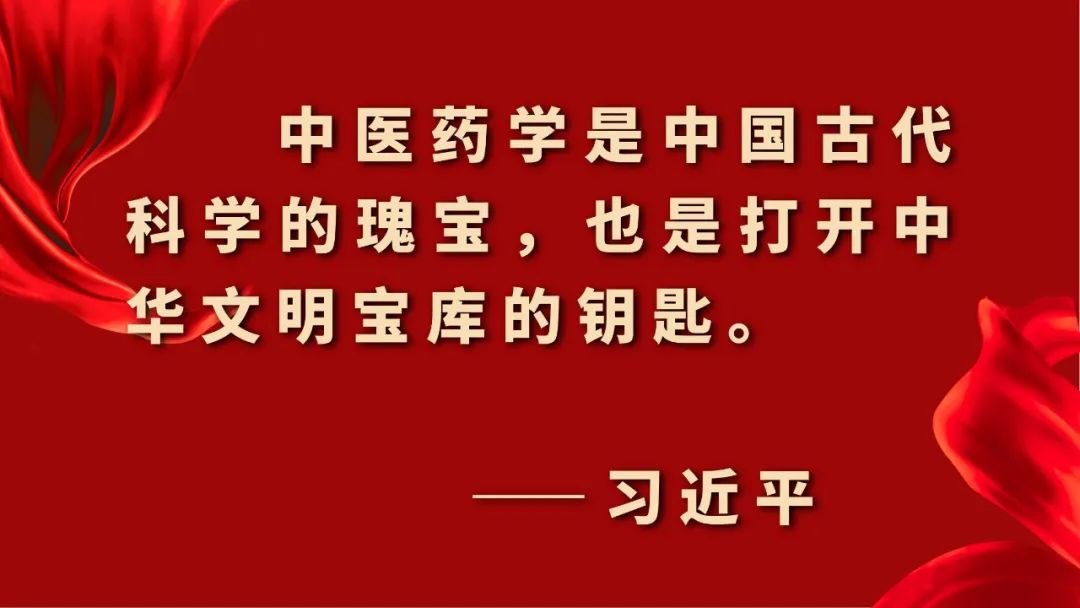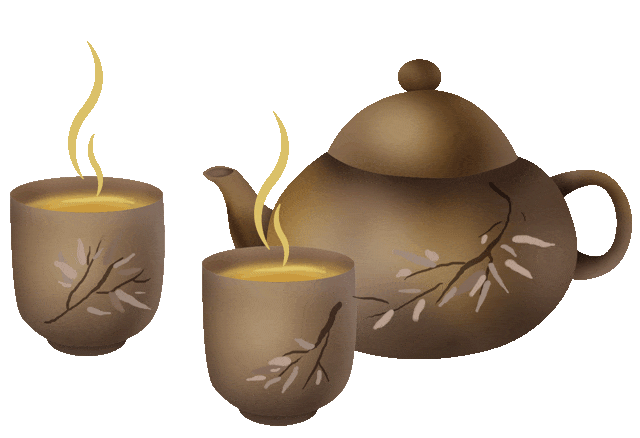
Original Text
It is said: Why does the Shaoyin (Lesser Yin) channel uniquely descend?It is said: The Chong Mai (Penetrating Vessel) is the sea of the five organs and six bowels, all of which receive nourishment from it. The upper part emerges from the Huang (Crown), permeates the Yang, and irrigates the Yin. The lower part connects to the great collateral of the Shaoyin, emerges from the Qichong (Qi Street) point, follows the inner thigh, obliquely enters the popliteal fossa, and travels within the bones of the bowels, descending to the area behind the inner ankle and separating; the lower part connects with the Shaoyin channel, permeating the three Yin; the front part travels within, emerging from the ankle, descending along the foot to the big toe, permeating the collaterals and warming the muscles. Therefore, if the collateral is blocked, the pulse on the foot will not move; if it does not move, it will lead to Jue (Reversal), and if it is reversed, it will lead to cold.


Translation
Question: The three Yin channels of the foot all ascend from the foot, why is it that only the Foot Shaoyin (Kidney) channel descends?Answer: This is not because the Foot Shaoyin channel descends, but because the Chong Mai descends along the great collateral of the Foot Shaoyin. The Chong Mai is the most vigorous in Qi and blood, being the sea of the twelve channels, and all five organs and six bowels receive nourishment from its Qi, hence it is also called the sea of the five organs and six bowels. The ascending branches of the Chong Mai emerge from the nasal passage beside the hard palate, irrigating Qi and blood to the three Yang channels; the descending branches enter the great collateral of the Foot Shaoyin (Da Zhong), emerging from the Qijie (Qi Street) point, descending along the inner thigh, entering the popliteal fossa, and further descending along the inner side of the tibia, reaching the upper edge of the calcaneus behind the inner ankle, dividing into two branches: one descends, merging with the Foot Shaoyin channel, permeating Qi and blood into the three Yin channels; the other branch moves forward, emerging from the upper edge of the calcaneus behind the inner ankle, entering the dorsum of the foot and reaching between the big toe, permeating Qi and blood into the collaterals to nourish the muscles. Therefore, if the collaterals that branch from the Chong Mai in the lower limbs are blocked, the pulse on the dorsum of the foot will not be prominent or may not pulse at all, leading to the phenomenon of coldness in the foot.

Produced by: Lingtai County Health Bureau

